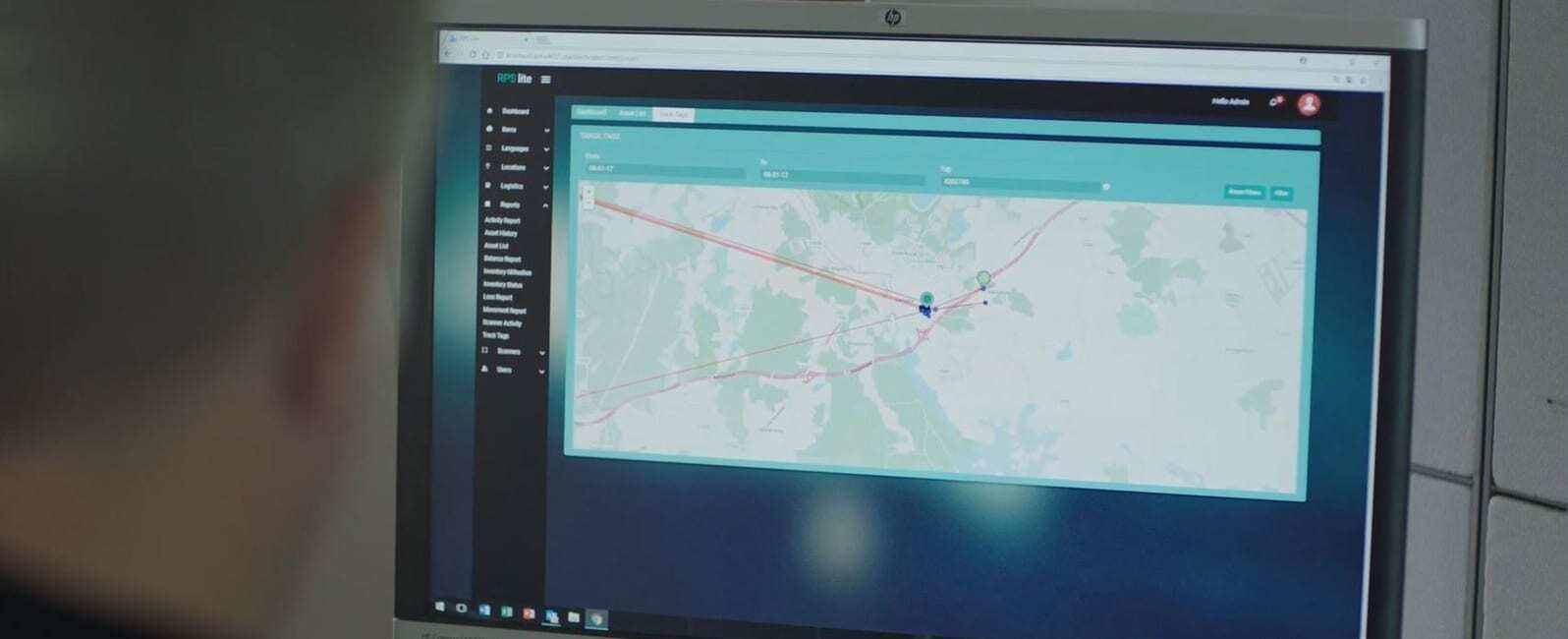Often tens of millions of Euros are tied up in the load carrier fleet. Loop times vary a lot but can even be months. Typically between 5 and 15 % of the fleet gets lost and 30% is been repaired yearly.
Why is the rotation of some of the units so slow? Where are the assets lost and could loss be minimized? Would a smaller fleet free more capital for your core business?
Visibility and data are the key elements in solving asset management challenges. The core of the asset management solution is unique tag for each asset and modern technology reader nodes to detect their movements and whereabouts.
Simply having detailed data about unit location is a huge benefit. This will drive major changes in people’s attitude on handling the units according to the instructions, leading to improved loop times, lower loss and often less damage. But let’s drill down each major challenge separately.
First benefit is having accurate granular data to analyze loop times. Try to get the units back from customers faster to create more capacity to the operations without additional investments. As a consequence, asset loss is reduced because equipment spends less time outside your own premises. Concrete actions: make sure your transportation knows where to pick the empty units and measure how fast they come back.
The next step is to drill down into asset loss. If the asset loss happens quite evenly across the supply chain, it is advisable to review the overall process and help customer organizations in their effort to return the units as soon as possible. If the loss happens on a limited number of locations, these can be targeted for special attention. Tighten the control to stop intentional or even criminal activity and make sure your own staff follows your processes.
Once you have started optimizing your processes, it is time to optimize the fleet size. Based on historical data the real need can be analyzed and the fleet size optimized to the right level. You also need to analyze imbalances between your production facilities and forecast potential out-of-stock situations. This will result in savings in asset purchasing or better customer service with the existing fleet.



